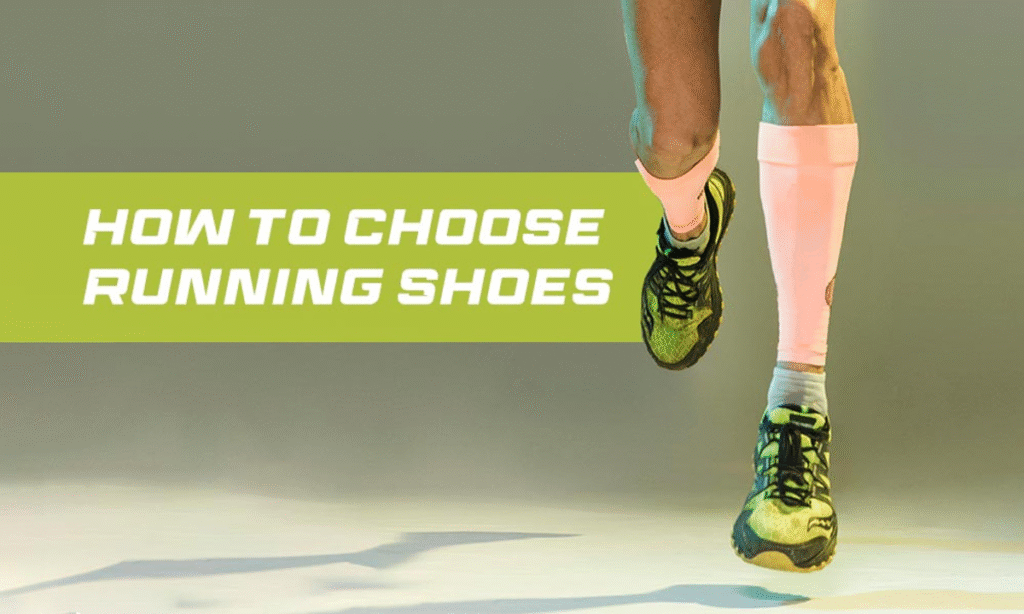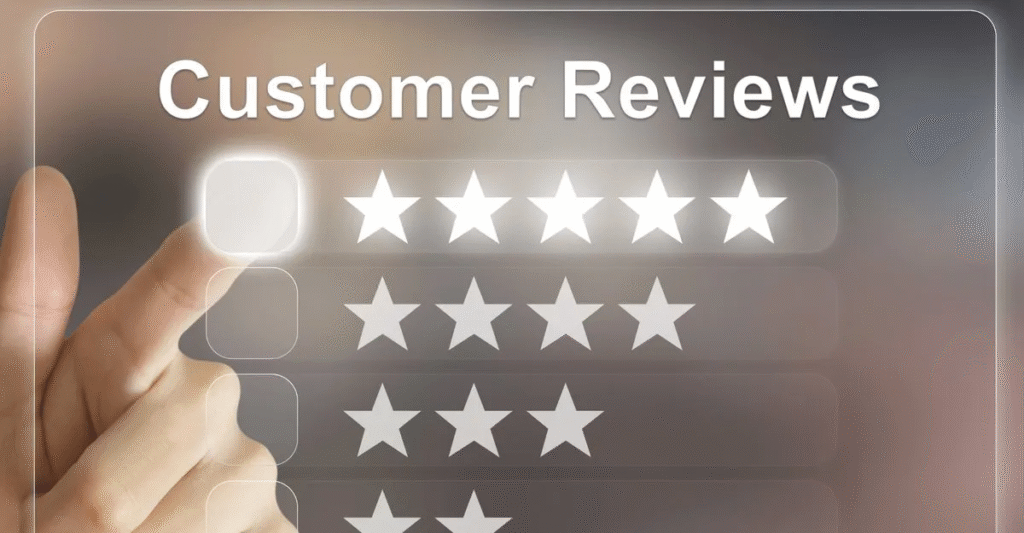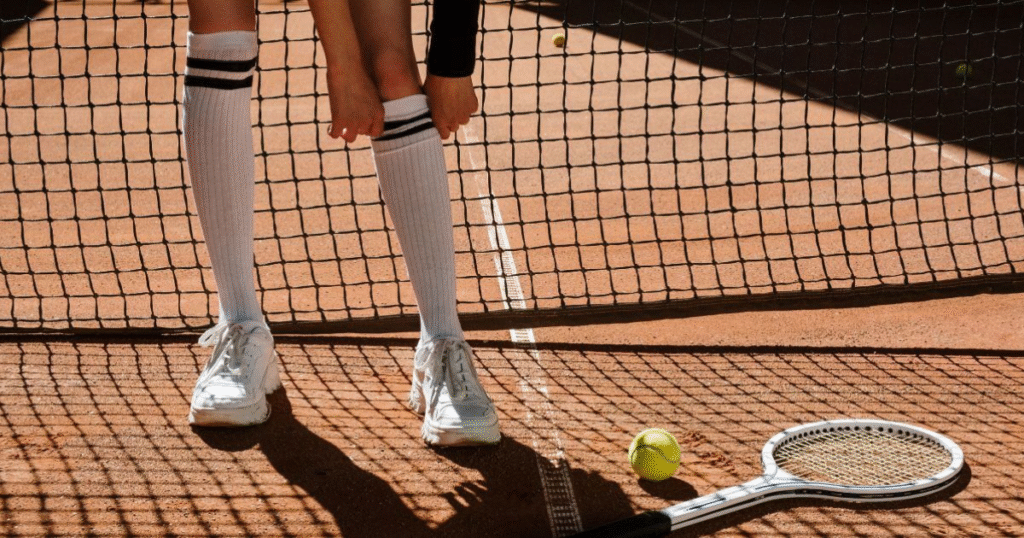Tennis is a fast-paced sport that demands quick movements, sudden stops, and powerful pivots. While many players focus on choosing the perfect racket or improving their swing, one of the most essential yet often overlooked components of performance is the tennis shoe. Wearing the right tennis shoes tailored to your playing style, court surface, and foot type can significantly enhance your game and prevent injuries. With countless options on the market, how do you choose the right pair for your unique style of play? This comprehensive guide will walk you through everything you need to know.
Why Tennis Shoes Matter

Impact on Performance
Tennis shoes are specifically designed to support the dynamic movements of tennis, including lateral (side-to-side) motion, quick forward sprinting, and sharp directional changes. Unlike running shoes, which support forward motion, tennis shoes have reinforced sides, durable soles, and ankle support tailored for multidirectional movements.
Injury Prevention
Choosing the wrong type of shoe can result in blisters, rolled ankles, knee strain, and plantar fasciitis. The right tennis shoe provides cushioning, support, traction, and stability, reducing the risk of injuries on and off the court.
Understanding Your Playing Style
Baseline Player
If you prefer staying at the back of the court and engaging in long rallies, you’re a baseline player. This style involves lots of lateral movement and sliding on clay or hard courts.
Recommended Features:
- Durable outsole for high wear and tear
- Excellent lateral support
- Comfortable cushioning for repetitive foot strikes
- Reinforced toe caps for toe dragging
Serve-and-Volley Player
Serve-and-volley players charge the net immediately after serving and rely on quick reflexes and aggressive footwork.
Recommended Features:
- Lightweight construction for quick forward movement
- Good grip to transition from baseline to net
- Toe and midfoot reinforcement for drag resistance
- Lower-to-the-ground feel for enhanced court connection
All-Court Player
All-court players adapt based on their opponent and often shift between baseline rallies and net approaches.
Recommended Features:
- Balanced support and agility
- Versatile traction for all movements
- Durable but moderately cushioned
- Hybrid outsole patterns
Aggressive Movers
Some players push their shoes to the limits with hard stops, direction changes, and power slides.
Recommended Features:
- Premium cushioning for shock absorption
- Maximum lateral stability
- Extra reinforcement in high-impact zones
- Strong outsole durability
Matching Shoes to Court Surface
Hard Courts
Hard courts are the most common and the most demanding on tennis shoes due to their unforgiving surface.
What to Look For:
- Durable rubber outsole (usually in a herringbone or modified tread)
- Reinforced toe guard for abrasion
- Extra cushioning to absorb impact
- Moderate to strong lateral support
Best Options:
- NikeCourt Air Zoom Vapor Pro
- ASICS Gel-Resolution 9
- Adidas Barricade
Clay Courts
Clay courts are softer and slower, requiring shoes that allow for controlled slides and prevent clay from building up on the sole.
What to Look For:
- Herringbone tread pattern for better grip and slide
- Lightweight and breathable upper
- Less aggressive outsole to avoid clay clogging
- Support for lateral motion and pivoting
Best Options:
- Babolat Jet Mach III Clay
- Wilson Rush Pro Clay
- Head Sprint Pro 3.5 Clay
Grass Courts
Grass is the fastest surface and can be slippery, requiring shoes with enhanced grip and agility.
What to Look For:
- Nubbed outsole or low-profile tread for traction
- Lightweight materials for quick response
- Flexibility and support for low bounces
- Limited cushioning since grass is naturally softer
Best Options:
- Nike Air Zoom Vapor X Grass
- Adidas Adizero Ubersonic
- New Balance Fresh Foam Lav
Choosing Tennis Shoes Based on Foot Type

Flat Feet (Overpronation)
Flat-footed players tend to overpronate (roll inward), requiring added arch support and motion control.
Shoe Features Needed:
- Arch support
- Stiff midsole
- Stability-enhancing design
High Arches (Underpronation)
Players with high arches may underpronate (roll outward) and need more cushioning to prevent shock-related injuries.
Shoe Features Needed:
- Extra cushioning
- Flexible midsole
- Shock absorption in heel and forefoot
Neutral Arches
If you have a neutral arch, you’re fortunate to be able to wear most types of tennis shoes, but comfort and fit should still be your top priority.
Shoe Features Needed:
- Balanced cushioning
- Moderate arch support
- Versatility for different court surfaces
Important Tennis Shoe Features to Consider
Fit and Comfort
A snug, secure fit without being too tight is crucial. Make sure the heel doesn’t slip, the toes have enough room, and the midfoot is locked in place. Try shoes with your regular tennis socks for an accurate fit.
Weight
Lightweight shoes provide speed and agility, ideal for net players. Heavier shoes typically offer better stability and support for aggressive baseline players.
Durability
Outsole durability is essential for players who log heavy court time. Look for shoes with reinforced high-wear zones and thicker rubber compounds.
Breathability
Good ventilation prevents overheating and moisture build-up, which can lead to discomfort or blisters. Look for mesh uppers and moisture-wicking linings.
Cushioning
Cushioning reduces impact on joints and provides comfort during long matches. EVA foam, gel inserts, and air pods are common cushioning technologies in tennis shoes.
Brand Comparison and Recommendations

Nike
Known for lightweight performance and innovative designs. Great for speed and style.
Best for: All-court players, fast movers
Top Models: NikeCourt Vapor Pro, Air Zoom GP Turbo
Adidas
Combines durability with modern design. Excellent outsole traction.
Best for: Hard-court players, aggressive movers
Top Models: Adidas Barricade, Adizero Ubersonic
ASICS
Exceptional comfort and stability. ASICS’ Gel cushioning system is favored by many pros.
Best for: Long rallies, baseline players
Top Models: Gel-Resolution, Court FF 3
New Balance
Offers great sizing options (including wide widths) and premium cushioning.
Best for: Custom fit seekers, players with foot issues
Top Models: Fresh Foam Lav, 996v5
Babolat
Performance-driven with great grip and responsiveness. Known for clay-court excellence.
Best for: Clay-court players, technical players
Top Models: Jet Mach III, Propulse Fury
When to Replace Your Tennis Shoes
- Every 45–60 hours of play if you’re a frequent player
- After 6 months for casual players
- When the outsole tread is worn flat
- If the midsole feels compressed or less responsive
- Visible damage to the upper, seams, or support structures
Also Read : The Ultimate Tennis Fitness Guide: Exercises To Enhance Your Game
Conclusion
Tennis shoes are more than just footwear—they’re performance tools that can elevate your game and protect your body. Whether you’re an aggressive baseline warrior, a nimble serve-and-volley player, or a balanced all-court strategist, there’s a tennis shoe designed specifically for your needs. By considering your playing style, preferred surface, foot type, and comfort preferences, you can confidently choose the perfect pair to help you move better, play longer, and win more matches. Don’t underestimate the importance of the right tennis shoes. They can be the difference between a frustrating injury and a fantastic performance on the court.
Frequently Asked Questions (FAQs)
Can I use running shoes for tennis?
Running shoes are designed for forward motion and lack the lateral support needed for tennis. Using them can increase your risk of injury. It’s best to use court-specific shoes.
How do I know if a tennis shoe fits properly?
A well-fitting tennis shoe should have a snug heel, secure midfoot, and a toe box with a thumbnail’s width of space. There should be no heel slippage or tight pressure points.
Are expensive tennis shoes worth it?
Higher-priced shoes often come with better technology, support, and durability. However, many mid-range models offer great performance. Focus on fit and function over brand name or price.
Can I use the same tennis shoes on all court surfaces?
While multi-court shoes exist, it’s best to choose shoes specifically designed for the surface you play on most often to optimize traction and durability.
What’s the difference between men’s and women’s tennis shoes?
Women’s tennis shoes are generally built for narrower feet and different pressure distribution. Men’s models have wider builds and different cushioning placements. Always choose the version that matches your foot shape and size.
